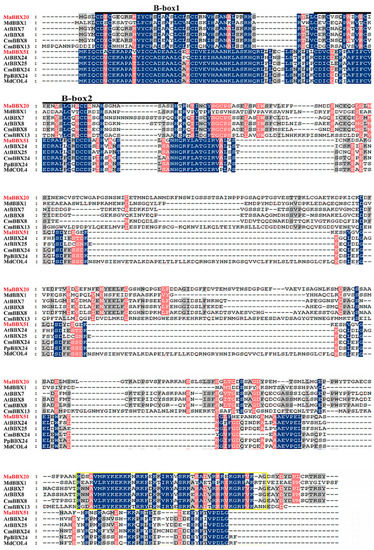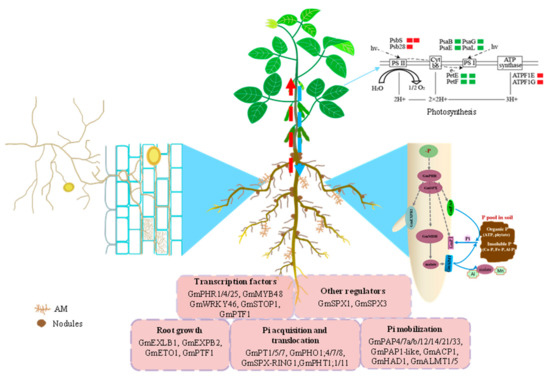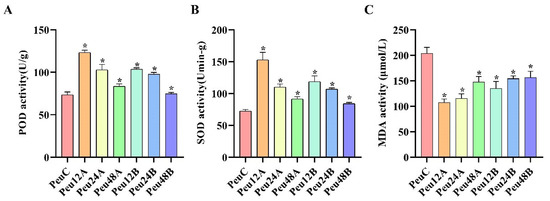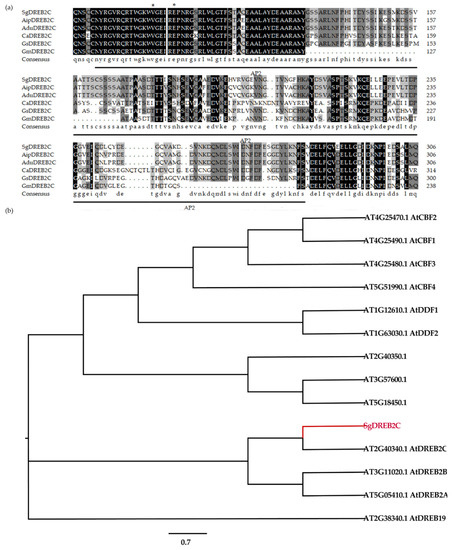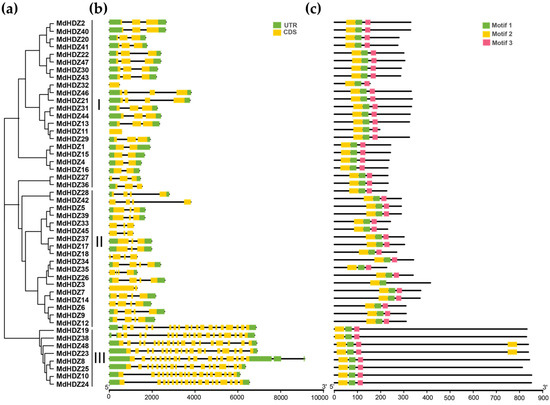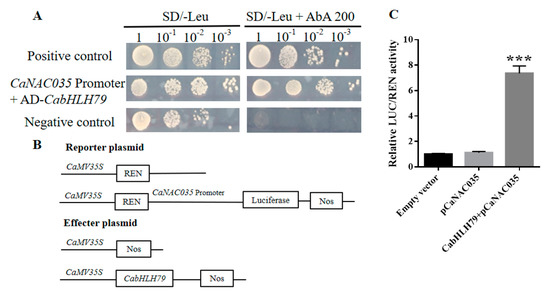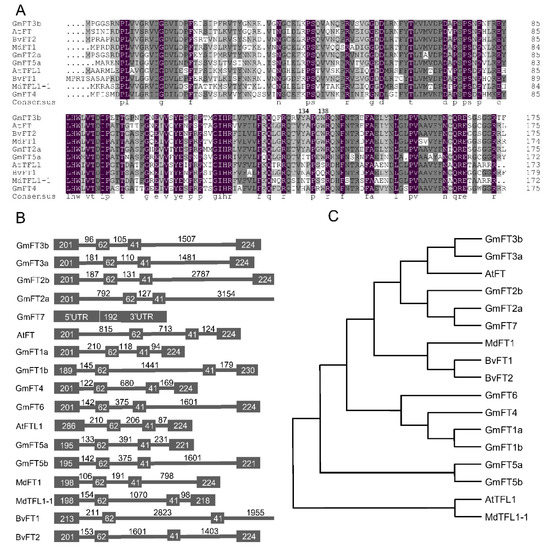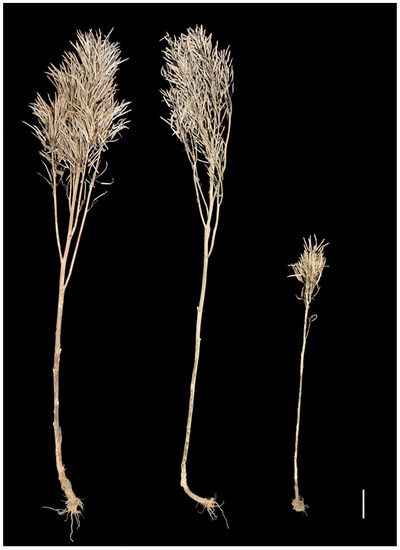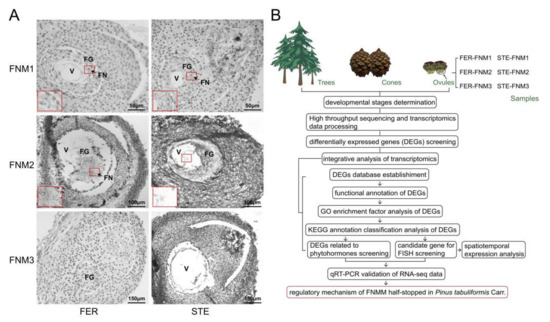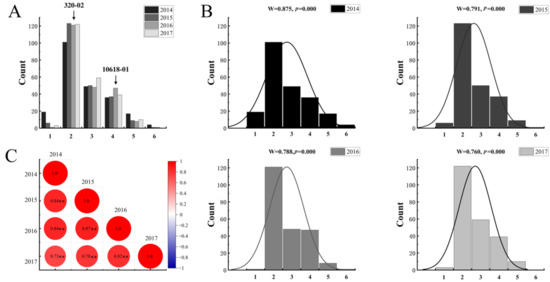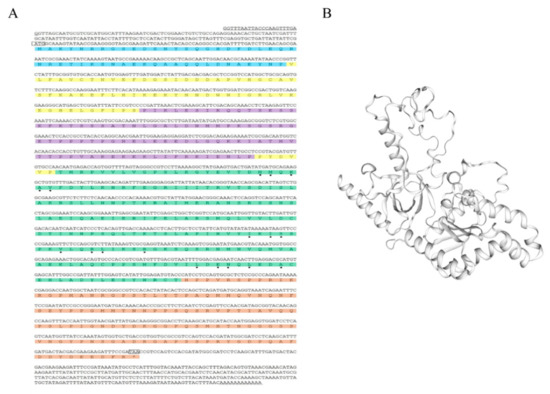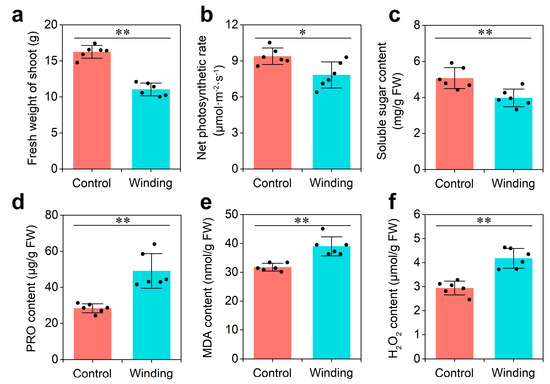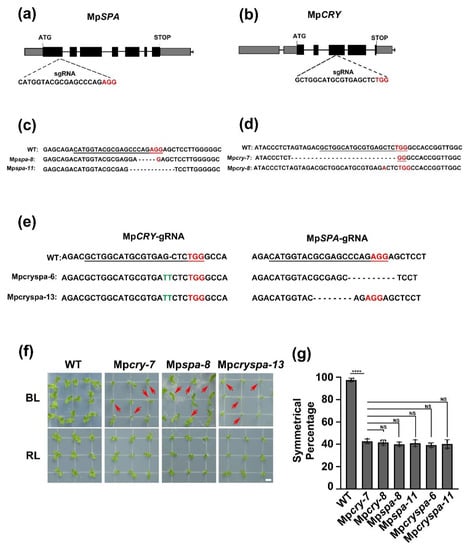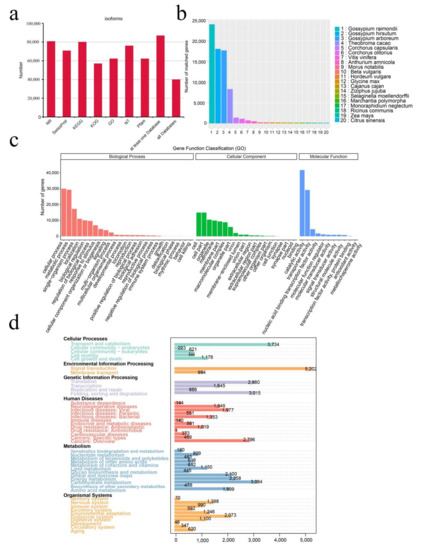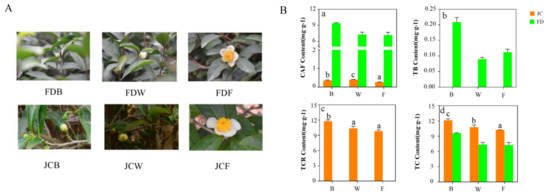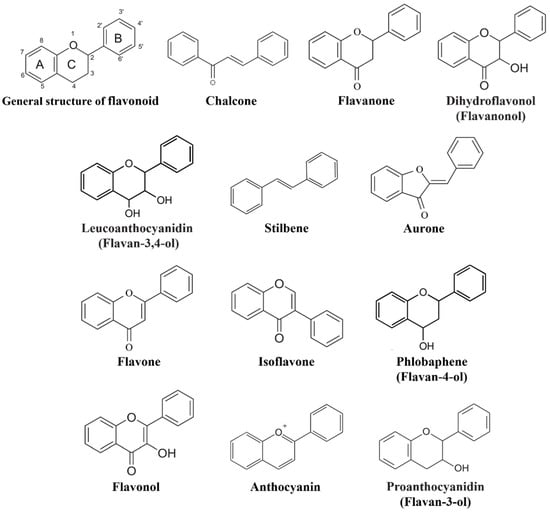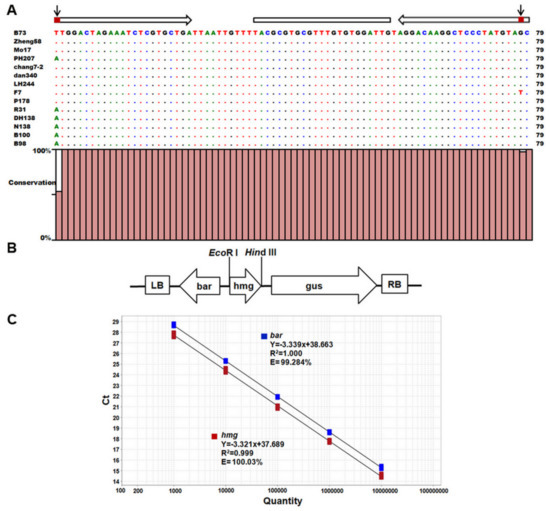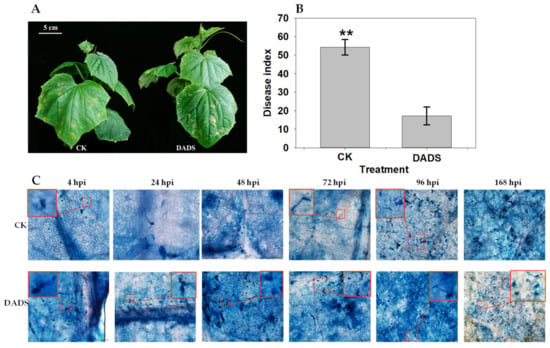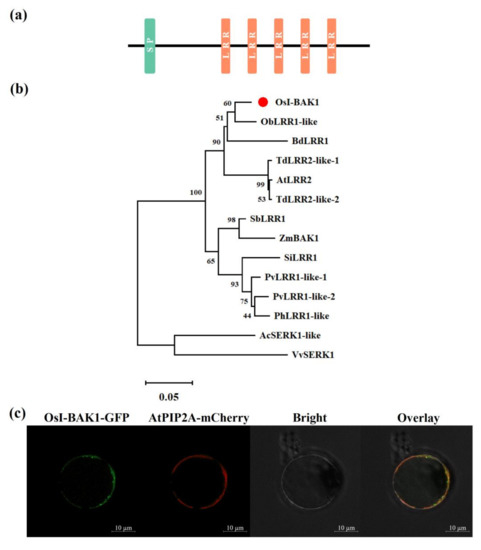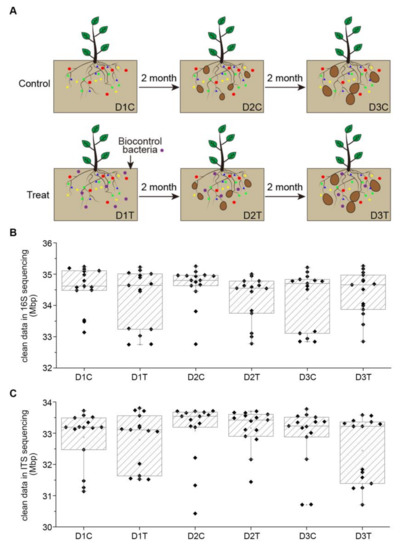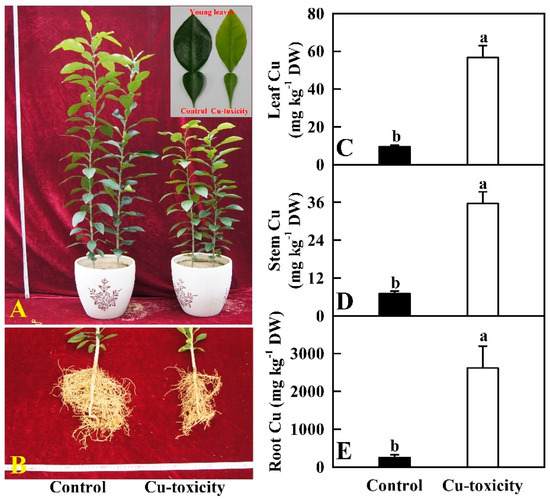Recent Advances in Plant Molecular Science in China 2021 (Closed)
A topical collection in International Journal of Molecular Sciences (ISSN 1422-0067). This collection belongs to the section "Molecular Plant Sciences".
Viewed by 113102Editors
Interests: bioinformatics; disease; long non coding RNA; plant biology
Special Issues, Collections and Topics in MDPI journals
Interests: wheat; genetic transformation; gene editing; molecular genetics
Special Issues, Collections and Topics in MDPI journals
Interests: trace elements; plant metal transporters; transcriptional regulation; phytohormones; signaling transduction
Special Issues, Collections and Topics in MDPI journals
Topical Collection Information
Dear Colleagues,
This Topical Collection aims to provide a comprehensive overview of recent advances in plant molecular science in China by inviting contributions from Chinese research institutes/laboratories that consolidate our understanding of this area. Potential topics regarding plants include, but are not limited to: biophysics, biochemistry, and molecular biology; cell biology; physiology; genomics/epigenomics; proteomics and metabolomics; bioactive phytochemicals; plant–microbe interactions; developmental biology; pests and diseases; synthetic biology; computational biology, and the development of new technologies in plant sciences. In this collection, we welcome submissions for comprehensive reviews or new research advancements in—but not limited to—all of the above-mentioned areas.
Dr. Changning Liu
Dr. Ke Wang
Prof. Dr. Jin Xu
Collection Editors
Manuscript Submission Information
Manuscripts should be submitted online at www.mdpi.com by registering and logging in to this website. Once you are registered, click here to go to the submission form. Manuscripts can be submitted until the deadline. All submissions that pass pre-check are peer-reviewed. Accepted papers will be published continuously in the journal (as soon as accepted) and will be listed together on the collection website. Research articles, review articles as well as short communications are invited. For planned papers, a title and short abstract (about 100 words) can be sent to the Editorial Office for announcement on this website.
Submitted manuscripts should not have been published previously, nor be under consideration for publication elsewhere (except conference proceedings papers). All manuscripts are thoroughly refereed through a single-blind peer-review process. A guide for authors and other relevant information for submission of manuscripts is available on the Instructions for Authors page. International Journal of Molecular Sciences is an international peer-reviewed open access semimonthly journal published by MDPI.
Please visit the Instructions for Authors page before submitting a manuscript. There is an Article Processing Charge (APC) for publication in this open access journal. For details about the APC please see here. Submitted papers should be well formatted and use good English. Authors may use MDPI's English editing service prior to publication or during author revisions.
Related Special Issues
- Recent Advances in Plant Molecular Science in China 2022 in International Journal of Molecular Sciences (32 articles)
- Recent Advances in Plant Molecular Science in China 2023 in International Journal of Molecular Sciences (9 articles)
- Recent Advances in Plant Molecular Science in China 2024 in International Journal of Molecular Sciences (1 article)
2022
Jump to: 2021
2021
Jump to: 2022
Planned Papers
The below list represents only planned manuscripts. Some of these manuscripts have not been received by the Editorial Office yet. Papers submitted to MDPI journals are subject to peer-review.
Title: Genome-wide characterization and analysis of MYB transcription factors related to anthocyanin biosynthesis in spine grapes (Vitis davidii)
Zhenyu Huang Zhengzhou Fruit Research Institute, Chinese Academy of Agricultural Sciences
Abstract: MYB transcription factor family plays an important role in plant metabolism, physiology, and growth. Berry color is one of the important factors that determine grape quality. However, the MYB transcription factor family’s function in anthocyanin synthesis of grape berry has not been studied systematically. We identified 138 MYB transcription factors from spine grape, which is the only Chinese wild grape with white berries. First, we screened six candidate genes by bioinformatics analysis and expression analysis. We found one of the candidate genes, VdMYB014, belonged to III subfamily and interacted with genes related to anthocyanin synthesis through phylogenetic analysis and interaction network prediction. Therefore, we speculated that VdMYB014 participated in the anthocyanin synthesis process. To confirm this, we transiently expressed VdMYB014 in grape and Arabidopsis transformation. Compared with the control, transgenic materials can accumulate more anthocyanins. These results provide a good base to study the function of the VdMYB family in anthocyanin synthesis of grape berry.









